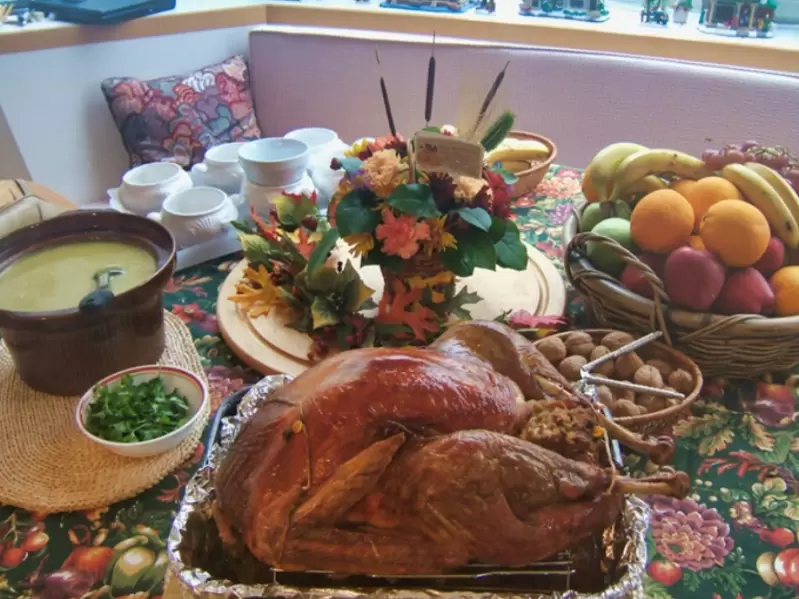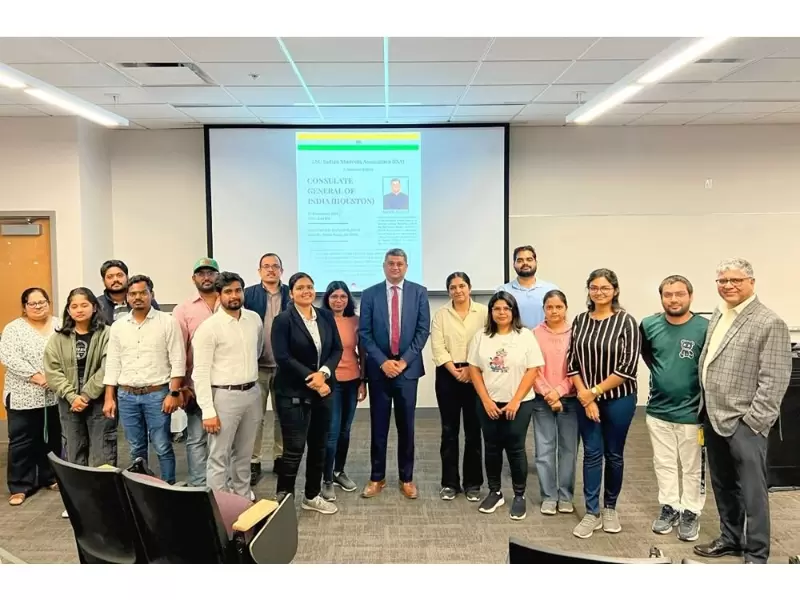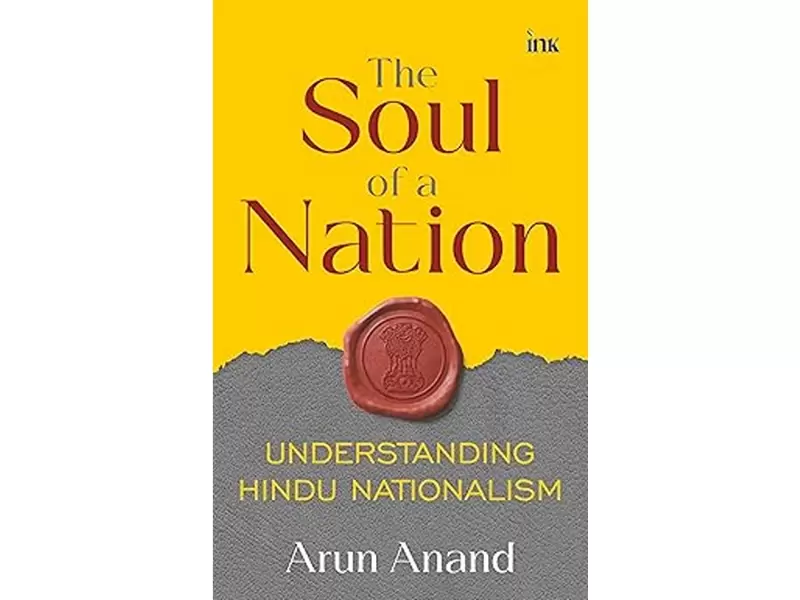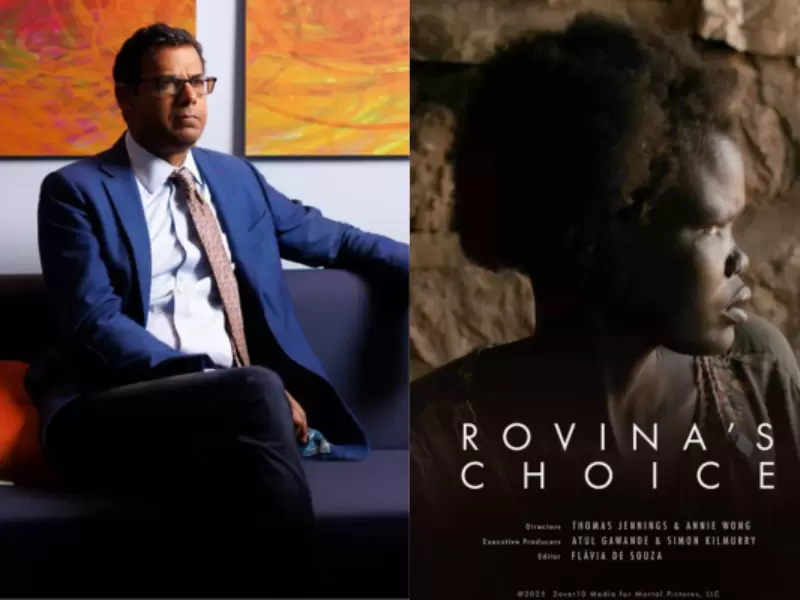A festival of thankfulness: Thanksgiving through an Indian-American lens
In a way, the festival mirrors the larger story of migration itself — survival through continuity.
 Representative image / Unsplash
Representative image / Unsplash
Every fall, the autumn leaves turn golden, and the air grows crisp. Indian–American households across the United States lit up with festivities that feel both familiar and new — Thanksgiving. While the spirit of Thanksgiving is deeply entrenched in American history, its essence of gratitude and togetherness has begun to resonate profoundly with immigrant families as well.
For many Indian-Americans, Thanksgiving has become more than just a day of feasting. It is more like a bridge between two cultures that both value nature’s bounty and community.
The origins of Thanksgiving date back to 1621. According to historical texts, the Pilgrims gathered with the Wampanoag people to celebrate their first successful harvest in the New World. They took a moment to honor the earth, hard work, and human connection. Indian culture, though geographically distant, carries a similar foundation of ‘thankfulness’. Across India, festivals like Pongal, Onam, and Baisakhi mark the harvest season with rituals of appreciation and joy.
In Tamil Nadu, Pongal is a four-day celebration that honors the sun, rain, and soil. Families prepare freshly harvested rice with milk and jaggery to mark abundance and good fortune. In Kerala, Onam commemorates the return of the legendary King Mahabali, whose reign is fondly remembered as a time of prosperity and equality.
The highlight of Onam is the Sadya, an elaborate vegetarian feast served on banana leaves accompanied by a lot of gratitude. Meanwhile, in Punjab, Baisakhi celebrates the wheat harvest with music, dance, and devotion, uniting entire villages in Thanksgiving.
In every case, the essence remains the same as that of Thanksgiving — to celebrate nature’s generosity, to express gratitude, and to share that joy with others.
For Indian-American families, food often becomes a seamless link between the two worlds. Many of them reimagine Thanksgiving menus to show their dual heritage, for instance, a turkey perfectly marinated in Indian spices, cranberry chutney, coconut latte, or pumpkin halwa. When the festivity arrives, friends, whether fellow Indian-Americans, Americans, or from diverse backgrounds, are invited to share a meal.
Conversations flow between stories of India, memories of growing up in America, and what connects them. Laughter, storytelling, and collective gratitude mirror the gatherings during Indian harvest festivals. In both cultures, cooking and eating together symbolize connection, warmth, and acceptance.
Acclaimed writers such as Jhumpa Lahiri and Chitra Banerjee Divakaruni have long captured this delicate negotiation of home and elsewhere — how food, family, and memory — all intertwine to anchor the immigrant self (the one trying to fit in, the one trying to find a home away from home).
Thanksgiving, with its performative abundance and collective pause, offers the same canvas and allows us to paint as we like or hope. It enables Indian Americans to write a narrative of gratitude that is not inherited but created — one that acknowledges the privilege of dual belonging.
In a way, Thanksgiving mirrors the larger story of migration itself — survival through continuity. Much like the Pilgrims who once gathered to celebrate survival in a new world, today’s immigrants gather to celebrate the endurance of culture in transit. The spices may be different, the blessings multilingual, but the intent — to give thanks, to collect, to belong — remains universally human.
ADVERTISEMENT
ADVERTISEMENT
E Paper
Video



 Manvi Pant
Manvi Pant



.jpg)



.jpg)

.JPG)

Comments
Start the conversation
Become a member of New India Abroad to start commenting.
Sign Up Now
Already have an account? Login